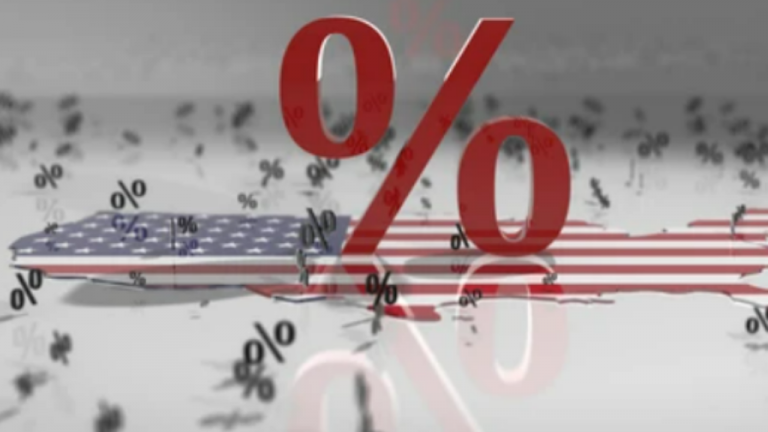
On Monday, investors were cautious as they awaited U.S. inflation data that might prompt another massive interest rate rise and the beginning of an earnings season in which profits would be under pressure.
The positive U.S. payrolls data for June has already prompted the market to bet strongly on a rate hike of 75 basis points from the Federal Reserve, boosting bond rates and the currency.
This week, the Canadian and New Zealand central banks are poised to tighten further, highlighting the global character of the inflation threat.
While Wall Street saw modest increases last week, the market sentiment will be challenged by earnings reports from JPMorgan (NYSE:JPM), Morgan Stanley (NYSE:MS), Citigroup (NYSE:C), and Wells Fargo (NYSE:WFC) on Thursday and Friday, respectively.
David J. Kostin, an analyst at Goldman Sachs (NYSE:GS), predicts that consensus estimates for 2Q S&P 500 EPS (profits per share) growth are just +6% year/year. “While businesses will certainly overcome this low hurdle, we anticipate that cautious rhetoric will result in downward revisions to future projections.”
If the economy avoids recession, Kostin anticipates EPS growth of 8% in 2022 and 6% in 2023, with the S&P 500 index increasing to 4,300. In a modest recession, EPS may decline by 11%.
S&P 500 futures were down 0.7% and Nasdaq futures were down 0.9% on Monday. EURO STOXX 50 futures declined 1.3 percent and FTSE futures 1.0 percent .
After Shanghai found a COVID-19 instance involving a new subvariant, Omicron BA.5.2.1, Chinese blue chips fell 1.9%.
The MSCI’s broadest index of Asia-Pacific stocks excluding Japan declined by 0.7% and South Korea by 0.1%. In the other direction, the Nikkei rose 1.2%.
On Sunday, two days after the killing of former prime minister Shinzo Abe, it was expected that Japan’s conservative coalition government extended its majority in upper house elections.
A big obstacle will be Wednesday’s U.S. consumer price data, which markets anticipate will show headline inflation increasing to 8.8 percent but core inflation slowing to 5.8 percent.
This week, the Fed will also closely monitor the preliminary estimate on consumer inflation expectations.
“Unexpected weakness in these data will be necessary to dislodge expectations for a 75bps Fed rate hike on July 27,” said Ray Attrill, head of FX strategy at NAB. These forecasts rose from about 71bps to 74bps after the payrolls report.
Similarly, Treasury rates rose almost 10 basis points in response to the employment statistics, with the 10-year standing at 3.09 percent on Monday, up from a recent low of 2.746%.
Fears of recession, especially in Europe, and the Fed’s aggressive stance have held the dollar near 20-year highs versus a basket of rivals. The dollar surpassed 137.0 to hit 137.28 yen, its highest level since 1998, as the Bank of Japan remained dovish.
The euro continues to struggle around $1.0150, having lost 2.4% in the previous week to reach a 20-year low and a significant retracement target of $1.0072.
“With no economic respite on the horizon for Europe and U.S. inflation statistics expected to record a new high for the year, we believe the risks remain tilted in favor of the dollar,” said Jonas Goltermann, senior markets economist at Capital Economics.
In fact, we anticipate that the EUR/USD exchange rate will surpass parity in the near future and may even trade over that level.
Rising interest rates and a strong dollar have been a burden for non-yielding gold, which was suffering at $1,741 per ounce after four weeks of declines.
In addition, oil prices declined by around 4 percent last week as demand concerns outweighed supply bottlenecks.
On Friday, data from China are expected to reveal that the world’s second-largest economy shrank considerably in the second quarter due to coronavirus lockdowns.
Brent was trading 54 cents down at $106.48 per barrel on Monday, while U.S. crude fell 86 cents to $103.93 per barrel.




